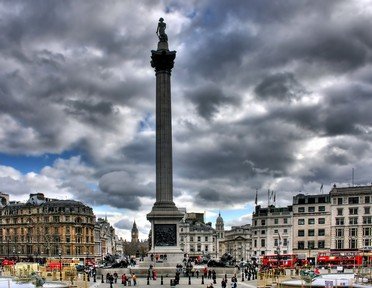Quiz Answer Key and Fun Facts
1. This lady was born in the Victorian era and became an electrical engineer. Her blue plaque is appropriately placed on the wall of the electrical distribution network operator on the road that shares her name. Who is she?
2. On the cottage between Ifield Parish church and the Plough Inn, a noted Quaker is commemorated. The connection between the location and the individual is that they held a reading at the pub in the 1837. Who was this advocate for prison reform?
3. On an otherwise unremarkable street in the West Green neighbourhood there is a plaque to the poet Francis Thompson. Which of the following is one of his poems?
4. According to the blue plaque, which play did Frederick Knott write whilst living at his parents' house in Langley Lane?
5. This blue plaque is for a landscape gardener, the third of four generations with the same name. The gardens at Milton Mount were laid out by him including the use of an artificial rock product invented by his father. Who is the gentleman?
6. Outside of Crawley the name John Goepel is almost certainly unknown. Even within Crawley he isn't widely known. However, many residents see the results of his actions every day. What is his blue plaque for?
7. In 2018 Crawley Museum moved to a building called "The Tree". The oldest part of this building was once home to a medical student, John Leech. He is better known as an illustrator of stories written by which Victorian author?
8. This blue plaque remembers Philip Webb. An architect he lived the last 15 years of his life in what is now Crawley. Which of the following did he co-found with William Morris?
9. On the side of what used to be the Co-op department store in the centre of Crawley is a sculpture, titled "Family Group". This was erected in 1959 as a symbol of the New Town of Crawley. Lower down is a blue plaque for the sculptor, whose name is?
10. This person was notorious for his use of speed although it didn't kill him. His plaque is in the local woodlands, beside a lake. Can you identify him from this list?
Source: Author
paper_aero
This quiz was reviewed by FunTrivia editor
gtho4 before going online.
Any errors found in FunTrivia content are routinely corrected through our feedback system.
